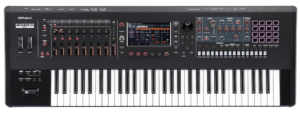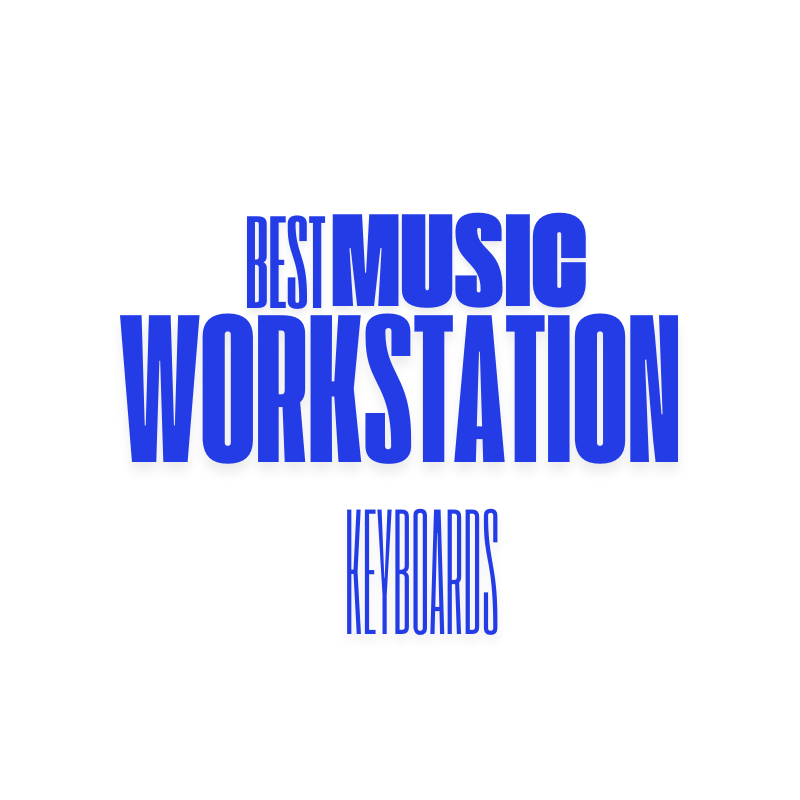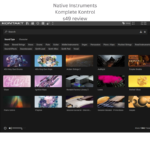Music workstation keyboards are more than just a set of keys; they’re a whole music creation hub packed into one neat package. The best music workstation keyboard selections bring together a wide range of instruments, effects, and sequencing tools, allowing musicians to compose, arrange, and perform music wherever inspiration strikes.
selections bring together a wide range of instruments, effects, and sequencing tools, allowing musicians to compose, arrange, and perform music wherever inspiration strikes.
The evolution of these keyboards into the powerhouse tools they are today has been quite a journey. They started out as simple synthesizers and have grown into full-fledged workstations capable of replicating entire studio setups. This evolution has been driven by the increasing demands of musicians for versatility and portability.
A standout feature of music workstation keyboards is their immense sound library. These keyboards often come loaded with thousands of sounds from various instruments, giving musicians endless creative possibilities. Alongside robust sound engines, features like onboard effects and powerful sequencers have become standard, all contributing to the allure they hold for those in the music field.
When you’re faced with the vast array of options available, understanding what sets these keyboards apart can be crucial. It’s not just the technical specs but how those translate to real-world usability. Are the keys responsive enough? Is the interface friendly for quick edits on the fly? These are the questions you need to ask to find a keyboard that truly meets your needs and supports your musical vision.
Top Contenders in the World of Music Workstations
Exploring some top players in the market of the best music workstation keyboard choices can save you a ton of time if you’re trying to decide which one fits your needs. Brands like Yamaha, Korg, and Roland often lead the pack with their flagship models each bringing something unique to the table.
Yamaha’s Montage series, for example, is well-loved for its realistic acoustic instrument sounds and advanced features. Korg’s Nautilus series is famous for its nine distinct sound engines, offering versatility like no other. Meanwhile, Roland’s Fantom keyboards boast unmatched creative potential with touch screen interfaces and seamless DAW integration.
When choosing a music workstation, understanding the specifications is crucial. It’s not just about the number of keys but also the quality of the sound engine and the type of sampling technology used. Taking time to try out different models, if possible, can give you insight into how these specs translate into actual playability and sound.
Another critical factor to think about is your creative workflow. Some musicians prefer workstations with deep, complex capabilities, while others might look for something with a smoother, more intuitive interface. Identifying what matters most to your workflow can streamline the decision-making process.
Ultimately, selecting the best music workstation keyboard depends heavily on personal preference and individual musical goals. Whether it’s for studio recordings, live performances, or just jamming at home, there’s a model out there to fit your style.
Features That Define the Best Music Workstation Keyboards
 When digging into the features that truly set top-tier music workstation keyboards apart, certain aspects stand out. Sound engines play a pivotal role, as they determine the depth and richness of the audio you can create. A workstation with a sophisticated sound engine can offer an expansive range of tones, crucial for artists looking to experiment with different genres and styles.
When digging into the features that truly set top-tier music workstation keyboards apart, certain aspects stand out. Sound engines play a pivotal role, as they determine the depth and richness of the audio you can create. A workstation with a sophisticated sound engine can offer an expansive range of tones, crucial for artists looking to experiment with different genres and styles.
Polyphony is another key feature to focus on. It defines the number of notes you can play simultaneously. Musicians creating complex arrangements or layered textures should aim for workstations with higher polyphony count to avoid note dropouts during elaborate compositions.
An intuitive user interface is a game changer, especially during live gigs or spontaneous jam sessions. A clutter-free design makes it easier to navigate through various settings, while touchscreens or customizable controls can significantly enhance your creative workflow. Having quick access to the functions you use most frequently is essential for maintaining creative momentum.
In today’s connected world, connectivity options are non-negotiable. USB, MIDI, and audio outputs need to be considered to ensure smooth integration into your existing setups, whether you’re in a studio setting or performing live. Some models even offer wireless capabilities, expanding how you can link everything up.
Ultimately, knowing what these features mean for your music-making process can help you select a workstation that aligns perfectly with your artistic vision, ensuring that you’re well-equipped to create the music you’ve always wanted to.
User Stories: Real-Life Applications of Music Workstations
Exploring how musicians use music workstation keyboards in their everyday projects can offer insights that specs alone can’t provide. For professional musicians, these keyboards serve as vital tools in crafting and producing entire tracks from start to finish. Their versatility is unmatched, catering to both spontaneous jamming and structured composition.
Take, for instance, a producer working on creating beats for a hip-hop track. They might layer synthesized drum patterns with melodic samples all on one keyboard, saving time and maintaining creative flow. For live performers, workstations with quick sound selection and seamless sound transitions become invaluable assets, allowing for smooth, uninterrupted sets.
Real user experiences shed light on a host of hidden benefits and occasional pain points of different workstations. Many musicians appreciate the robust build quality and reliability of models like Roland’s Fantom series during tour schedules, while others highlight the Nautilus series by Korg for its sound diversity when experimenting in a studio.
Testimonials also frequently mention the initial learning curve. Despite sophisticated features, mastering every function can be daunting at first. However, with time and persistence, many musicians discover that these complexities are what empower them to push creative boundaries.
By sharing experiences and tips, musicians can help each other resolve common challenges. Whether it’s handling technical issues or getting to grips with complex interfaces, learning from others’ experiences ensures you’re getting the most from the gear.
Future Trends: What to Expect From The Best Music Workstation Keyboard Trends
Looking towards the future, the landscape of music workstations is bound to change, sparked by rapid technological innovations. AI advancements stand at the forefront, promising to revolutionize how musicians interact with their keyboards. AI-driven tools might enable automated music generation and more personalized sound libraries, opening up new creative possibilities.
promising to revolutionize how musicians interact with their keyboards. AI-driven tools might enable automated music generation and more personalized sound libraries, opening up new creative possibilities.
Another expected trend is the integration of more sophisticated software within keyboards. Hybrid models that blend traditional hardware capabilities with software versatility could become standard, offering musicians the best of both worlds. This could lead to more dynamic, responsive instruments that adapt to the artist’s style.
Enhanced connectivity features are also likely to emerge, providing even better interfaces with other digital devices and platforms. Wireless technology and cloud integration might soon allow musicians to save and access their projects from anywhere, breaking down location restraints for composing and collaborating.
As these advancements unfold, musicians will need to adapt to new ways of creating and performing. While this might seem daunting, embracing these changes can also mean unlocking unprecedented creative freedom. Being open to experimenting and learning will be key to staying ahead in this evolving field.
Looking to the future, the potential for music workstation keyboards to empower artists only seems to be growing. Keeping up with these trends ensures you’re not just keeping pace but staying ready to harness every new opportunity to enhance your music-making journey.


